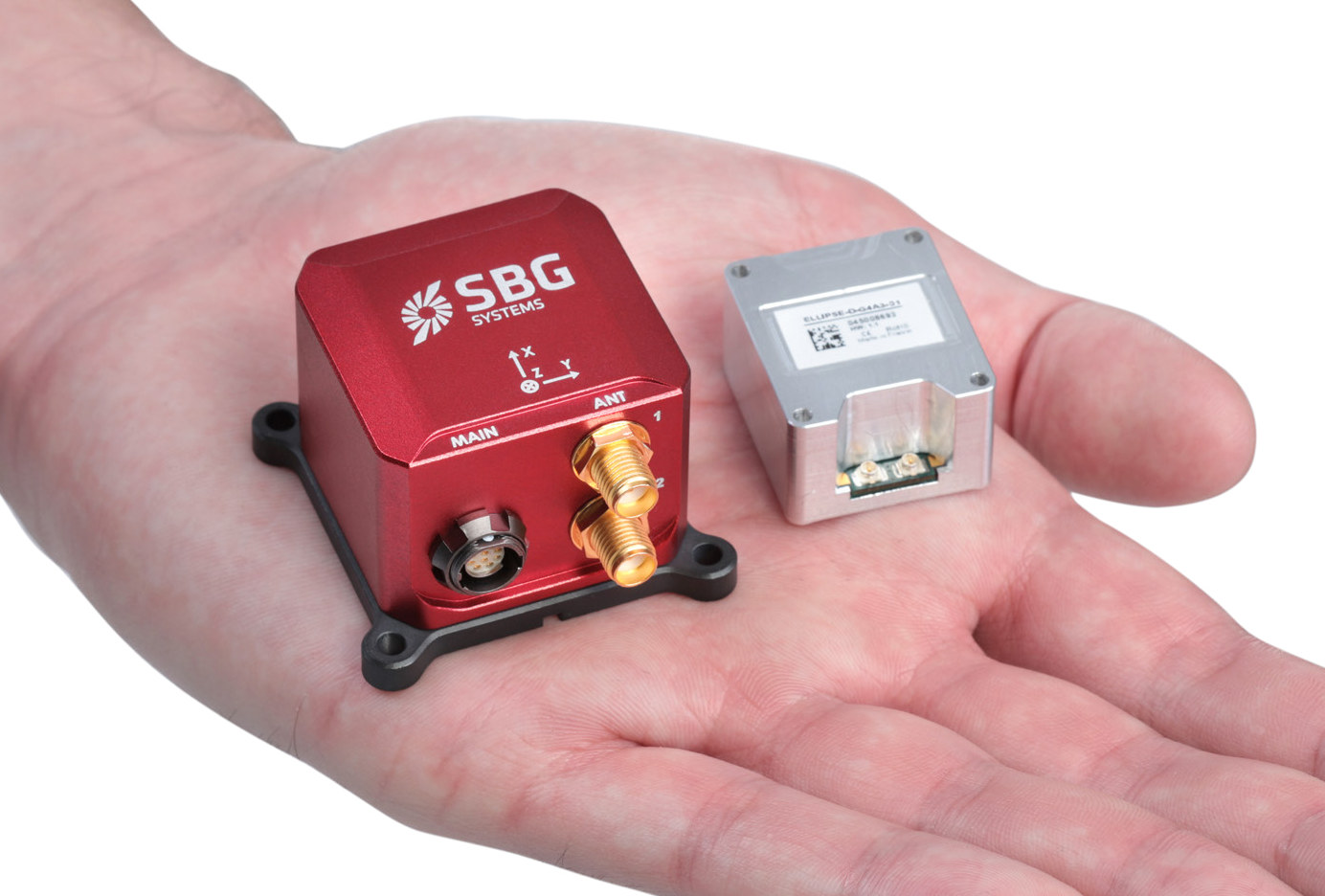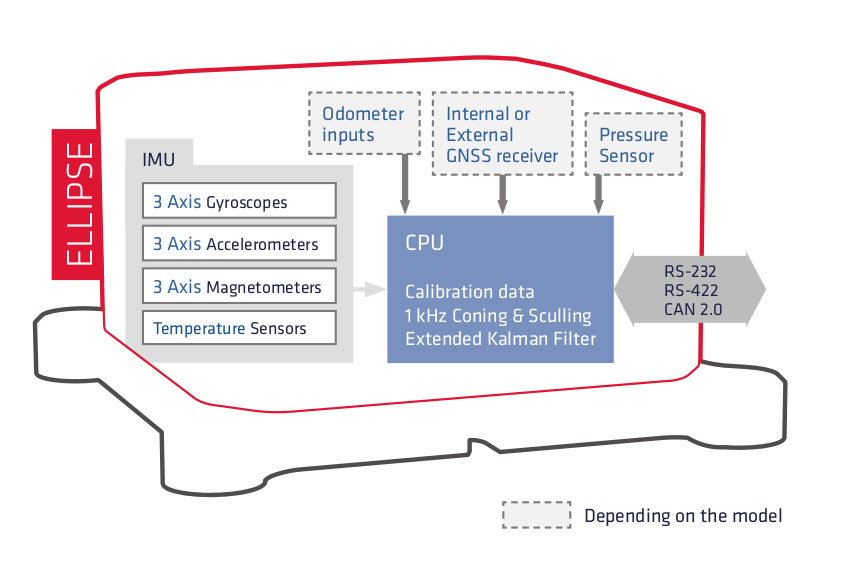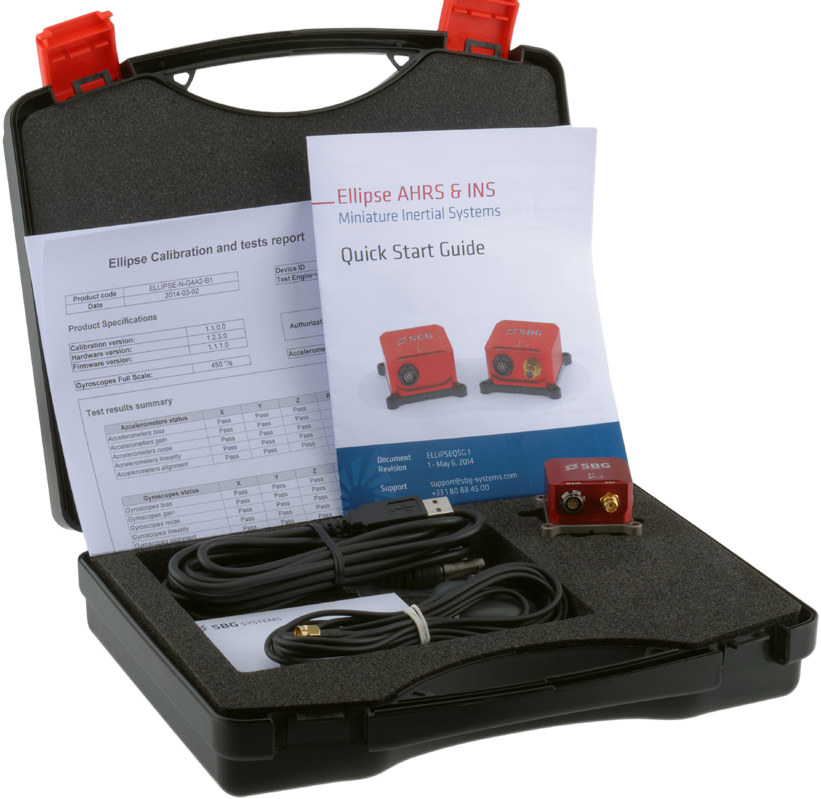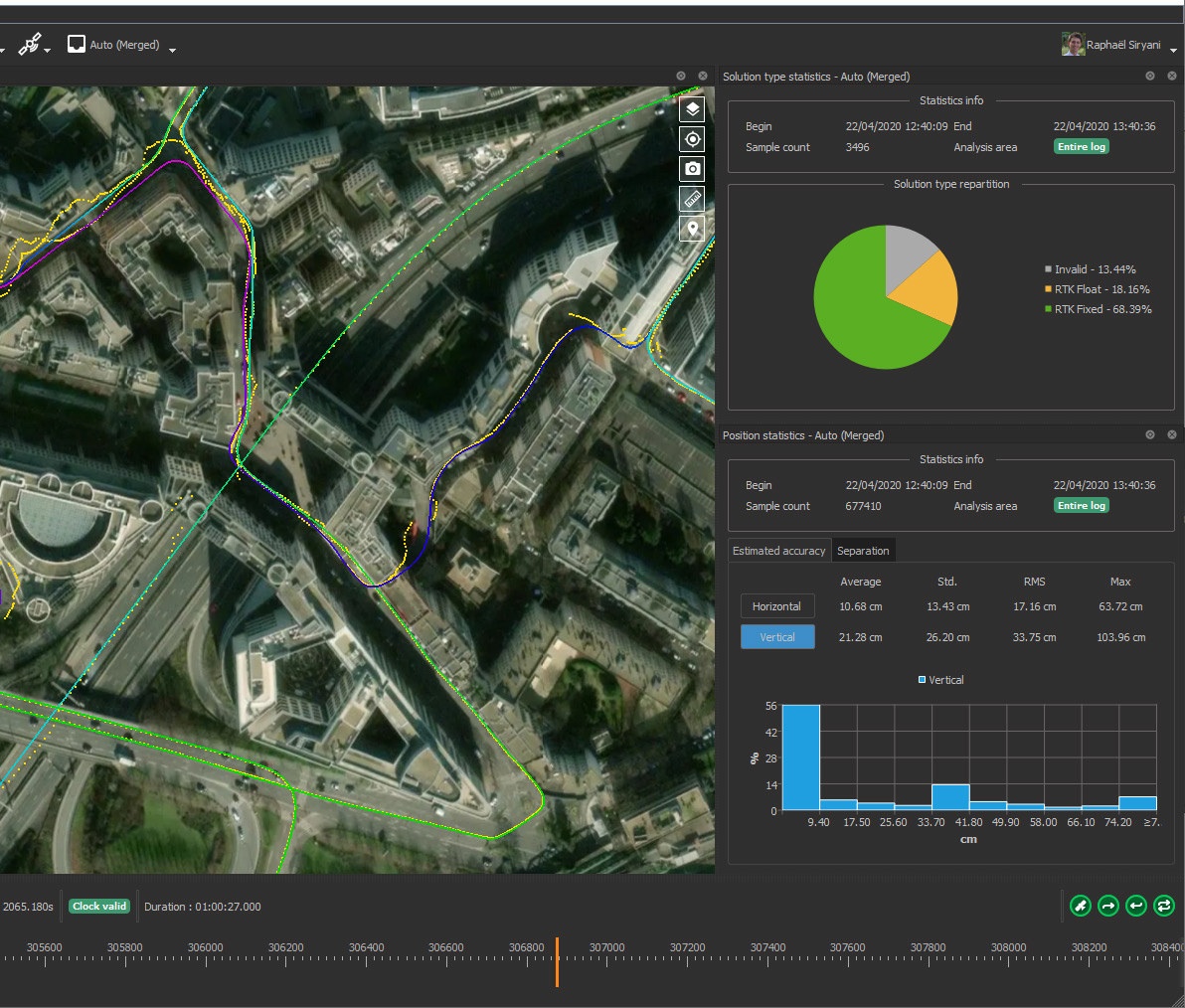SBG Systems Ellipse-D is an industrial-grade inertial navigation system (INS) equipped with a 9-axis IMU sensor, a dual-antenna RTK GNSS module with one-centimeter accuracy, and a 64-bit microprocessor for processing the data.
The inertial navigation system also includes a temperature sensor and a pressure sensor, supports odometer input, and is available in either Box or OEM versions.

SBG Systems Ellipse-D inertial navigation sensor specifications:
- SoC – Unknown 64-bit microprocessor for data processing
- GNSS – Dual antenna GNSS with support for GPS, GLONASS, GALILEO, BEIDOU; Supported features: SBAS, RTK, RAW
- Sensors – 3-axis gyroscope, 3-axis accelerometer, 3-axis magnetometer, temperature sensors, pressure sensor
- Host Interface
- RS-232, RS-422, USB up to 921,600 bps
- CAN 2.0A/B up to 1 Mbit/s
- Protocols – Binary eCom, NMEA, ASCII, TSS
- Input Voltage – 5 – 36 V
- Power Consumption – < 1,000 mW
- Dimensions & Weight
- Box: 46 x 45 x 32 mm | 65 grams
- OEM: 29.5 x 25.5 x 16 mm | 17 grams

An Ellipse AHRS & INS development kit is available with the company’s earlier Ellipse-A inertial system with a motion sensor only, and the Ellipse-C model very similar to the Ellipse-D system covered here, but featuring a simple GNSS antenna.

Ellipse INS can also optionally be connected to a PC using Qinertia program which offers the following
- Detailed analysis after the mission
- Replay the sensor data with different configuration
- Refine the mechanical installation (GNSS lever arm) to the centimeter level for improved real-time behavior
- Reach ultimate sensors performance using Forward/Backward/Merge processing

SBG Systems Ellipse-D inertial navigation system can be used for all sorts of vehicular applications including motion & heave monitoring, data georeferencing, gimbaled cameras (e.g. fitted to a helicopter), autonomous UAV/USV navigation, orientation pointing & stabilization, and more.
More details can be found on SBG Systems Ellipse-series product page.

Jean-Luc started CNX Software in 2010 as a part-time endeavor, before quitting his job as a software engineering manager, and starting to write daily news, and reviews full time later in 2011.
Support CNX Software! Donate via cryptocurrencies, become a Patron on Patreon, or purchase goods on Amazon or Aliexpress




